
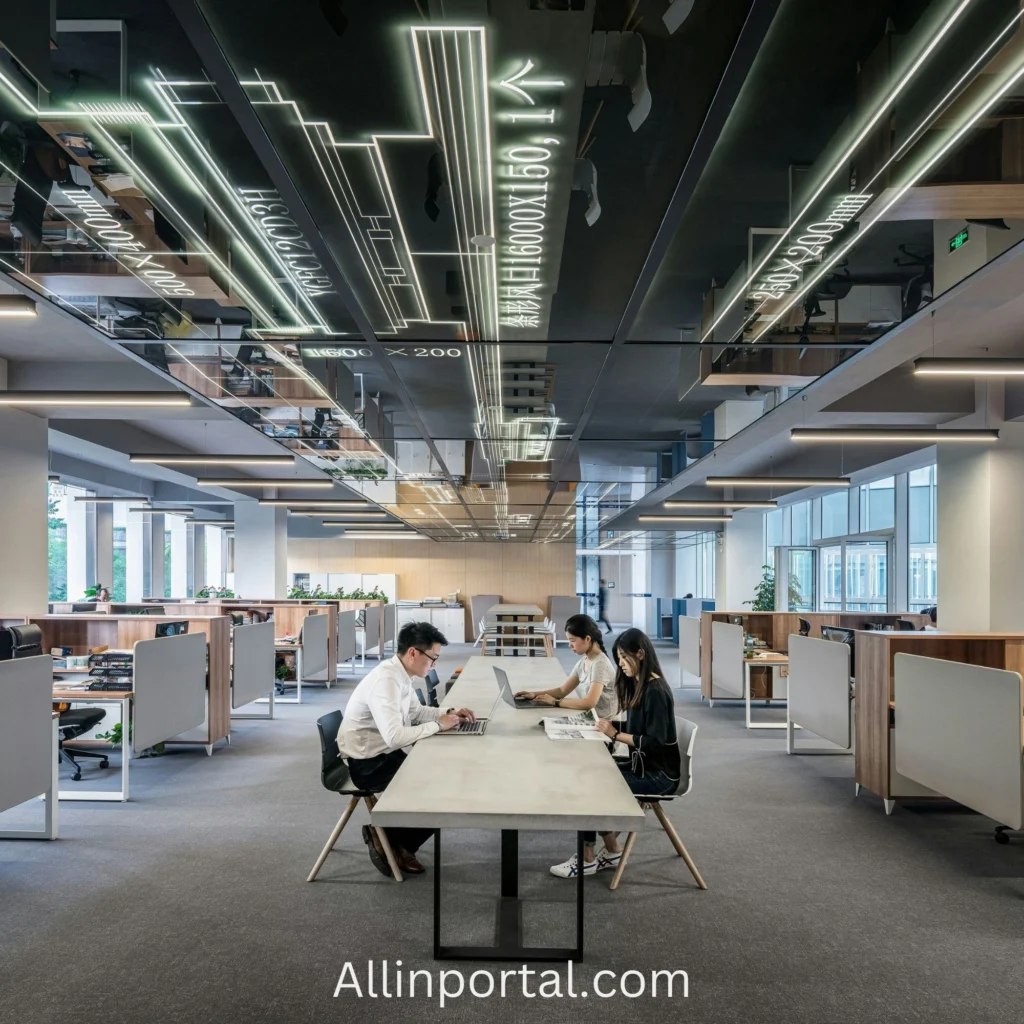
The Office Images
The Office Images as Reflections of Office Life
The offices images is a beloved TV show that takes place in the mundane yet hilarious world of a typical . The office images associated with “The Office” often depict everyday office activities, such as workers gathered around a desk, chatting near the copier, or engaging in awkward office meetings. These images capture the essence of the workplace in a humorous and relatable way. From the iconic shots of the workers sitting in their cubicles to the images of Jim’s pranks on Dwight, “The Office” images are not just stills from a TV show—they are representations of real-world office dynamics. The candid, often uncomfortable expressions of the characters portray the challenges and absurdities of working in an office environment.

Iconic Moments Captured in “The Office” Images
The offices images is rich with iconic moments that have been immortalized through its images. One such moment is the image of Michael Scott declaring bankruptcy in a dramatic yet utterly misguided way. His loud proclamation, “I declare bankruptcy!” captured in a still shot, is an image that perfectly encapsulates Michael’s ignorance and determination. Another memorable image comes from the episode where Jim proposes to Pam in a very understated yet emotional manner. The image of Jim kneeling down to propose in a simple office setting holds deep significance, showing how love can bloom in unexpected places. These images, and many others like them, are frozen moments in time that evoke strong emotions for fans. The images serve as a reminder of the memorable events that shaped the series.
They are snapshots of the unforgettable dynamics between characters like Dwight and Jim or the awkward office parties thrown by Michael.

The Role of Office Decor in “The Office” Images
In The offices images the set design and office decor play a significant role in establishing the mood of the show. The images of Dunder Mifflin’s Scranton branch are filled with bland, beige cubicles, florescent lights, and outdated technology. These elements contribute to the drab yet comedic environment in which the characters exist. The images of these mundane office settings create a stark contrast to the more eccentric personalities of the characters, such as Michael Scott’s “World’s Best Boss” mug or Dwight’s unusual taste in fashion.
The office decor is intentionally simple, yet it becomes an important backdrop for the humor and drama that unfold. Images of the office’s breakroom, where characters often gather for awkward encounters, further highlight the ordinary setting where extraordinary moments occur.

The offices images from The Office showcase a unique and humorous portrayal of office life. Set in a fictional paper company in Scranton, Pennsylvania, the show captures the everyday experiences and oddities of a typical office environment. Through its distinct visual style, The Office creates an immersive world where the mundane becomes hilarious. Each image reflects the personalities of the characters, the quirky interactions, and the ever-present tension between work and personal life. The cameras used in the series, which mimic a documentary-style format, often focus on candid moments, capturing expressions of disbelief, awkwardness, and humor.
These images also highlight the power dynamics at play in a typical office, from the overconfident boss, Michael Scott, to the office prankster, Jim Halpert. Through images, we can visually experience the charm and absurdity of the corporate world.

the offices images of The Office are not merely snapshots of characters in action; they carry deeper meanings that reflect the broader themes of the show. For instance, images of the infamous “World’s Best Boss” mug held by Michael Scott symbolize his constant need for validation and his misguided attempts at leadership. Similarly, Dwight Schrute’s stern facial expressions and rigid posture often represent his inflexible and sometimes absurd worldview. The images of the office itself, with its drab cubicles and fluorescent lighting, also serve as a symbol of the soul-sucking monotony of corporate life.
These visual cues resonate with the audience because they are so relatable. In many ways, the office setting becomes a character in itself, reflecting the isolation, conformity, and sometimes absurdity of the modern workplace.

One of the most compelling aspects of The office images from The Office is the ability of the actors to convey deep emotion through their facial expressions. The show relies heavily on these moments to communicate character development and situational irony. Jim Halpert’s deadpan looks to the camera, for example, are iconic and serve as a means for the audience to connect with his often sarcastic, cynical perspective on the absurdities of office life. Meanwhile, Michael Scott’s facial expressions reflect his constant struggle between being a misguided boss and wanting to be liked by his employees.
Images of Pam Beesly often show her struggling with self-doubt and longing for something greater than her role in the office, yet her quiet smile hints at a glimmer of hope. Dwight Schrute’s intense stare conveys his overzealous commitment to his work and his deep need for control.

The décor of the offices images is another key element in the images of The office images The gray cubicles, outdated computers, and disorganized desks create an atmosphere of inefficiency and boredom, which is central to the show’s comedic tone. These visual elements emphasize the lack of personal fulfillment in the workplace, where the characters seem stuck in a cycle of drudgery. The occasional colorful decoration or personalized item, like Jim’s desk toys or Pam’s drawings, provides a glimpse into the characters’ attempts to bring meaning to their environment.
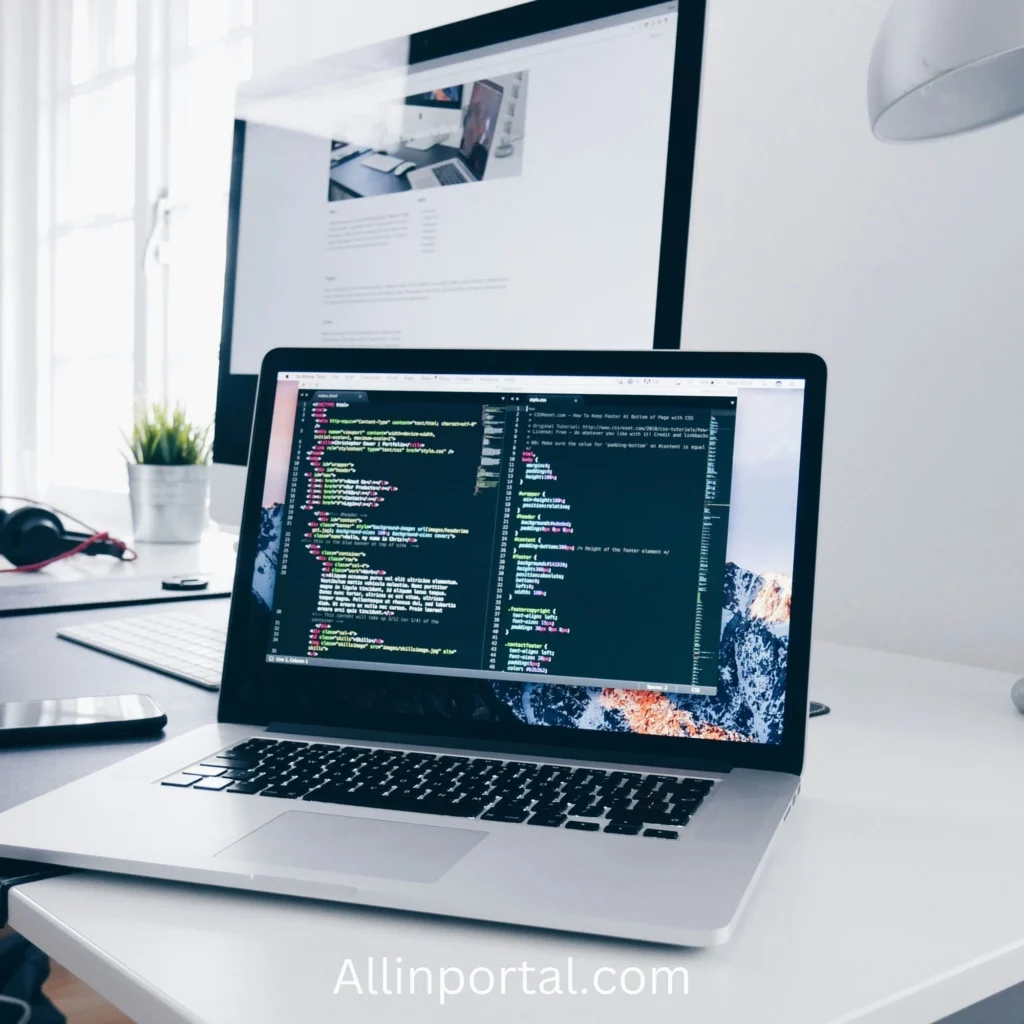
Michael Scott, the bumbling yet endearing regional manager of Dunder Mifflin, is at the heart of many iconic images in The Office. From the moment he steps into the office each day, his presence is larger than life, and the office images captured on screen often reflect his larger-than-life personality. One of the most memorable images is Michael proudly holding his “World’s Best Boss” mug, a symbol of his misguided attempts at leadership. This image captures his constant need for validation and his inability to understand how his actions are perceived by others. Another famous image of Michael comes from his ill-fated “Diversity Day” seminar, where his attempt to promote inclusivity falls flat.

The humor in the office images is often drawn from the visual absurdities that the images capture. The awkwardness of the characters, the bizarre situations they find themselves in, and their often hilarious expressions create a comedic atmosphere that is both relatable and exaggerated. For example, Jim’s pranks on Dwight are a recurring theme throughout the series, and the images of Dwight’s reactions—his wide-eyed disbelief or his over-the-top retaliations—are always funny. These moments are enhanced by the documentary-style camera work, which often lingers just long enough to let the humor sink in.
The awkward silences between characters also contribute to the show’s humor, and the images of these uncomfortable moments—whether it’s Michael trying to make a joke that falls flat or the characters avoiding eye contact during an awkward situation—enhance the comedy.
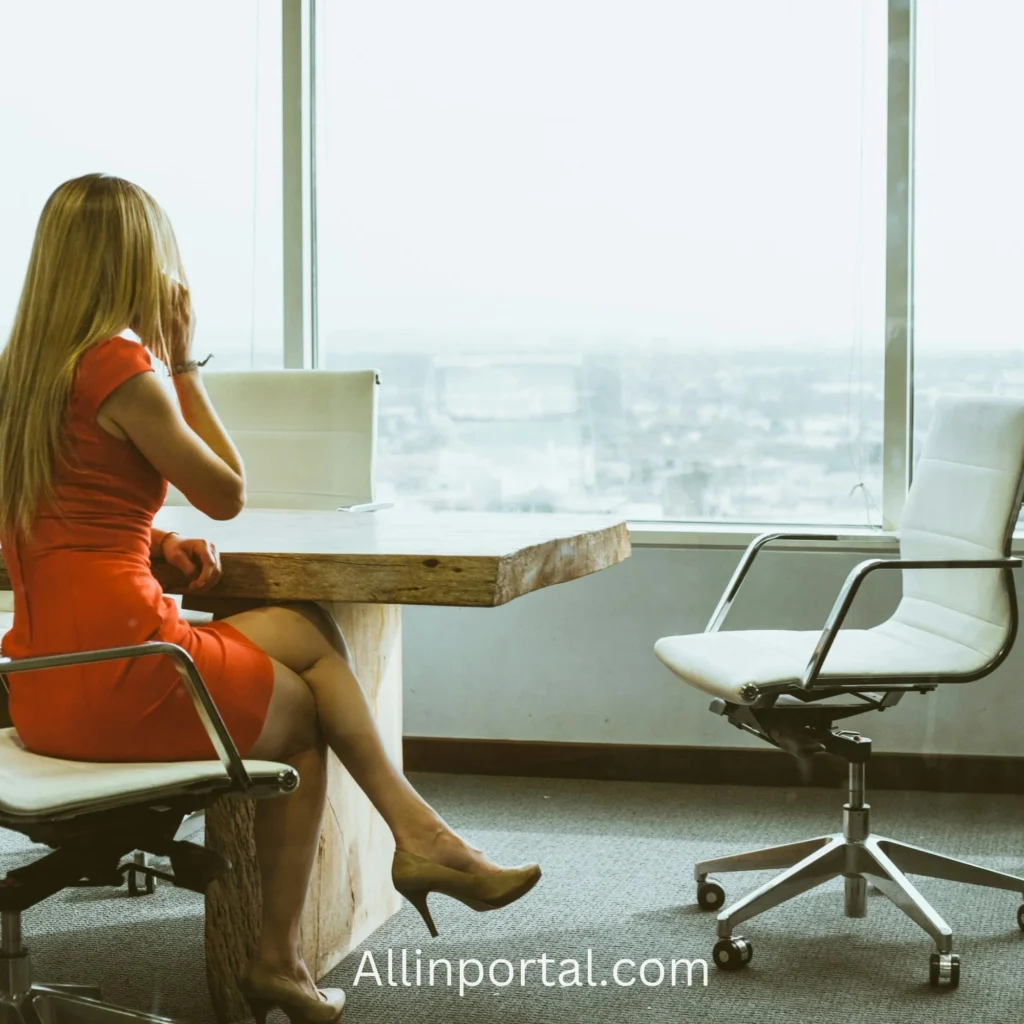
Over the course of the offices images , the relationships between characters evolve, and these changes are often reflected in the images we see on screen. Early on, the office environment is tense, with characters like Jim and Pam maintaining a professional distance. However, as the series progresses, the images begin to show a growing closeness between them, particularly through their subtle interactions and shared glances.
Jim’s mischievous smirks and Pam’s shy smiles slowly give way to more intimate moments, like their eventual kiss in season 4. Similarly, Dwight and Jim’s ongoing rivalry evolves from a playful antagonism into a begrudging respect, and the images of their interactions shift from pranks to moments of camaraderie.

In the office images , the camera itself is an important storytelling device. The documentary-style format of the show allows the images to capture raw, unfiltered moments from the characters’ lives, often revealing more than what the dialogue conveys. The frequent use of “talking heads” interviews, where characters speak directly to the camera, creates a sense of intimacy between the audience and the characters. These images often show the characters in moments of personal reflection, giving the audience insight into their innermost thoughts and motivations.
Additionally, the camera’s position and focus often play a key role in highlighting certain moments. For instance, close-up shots of a character’s face can convey emotion more deeply than any dialogue could.
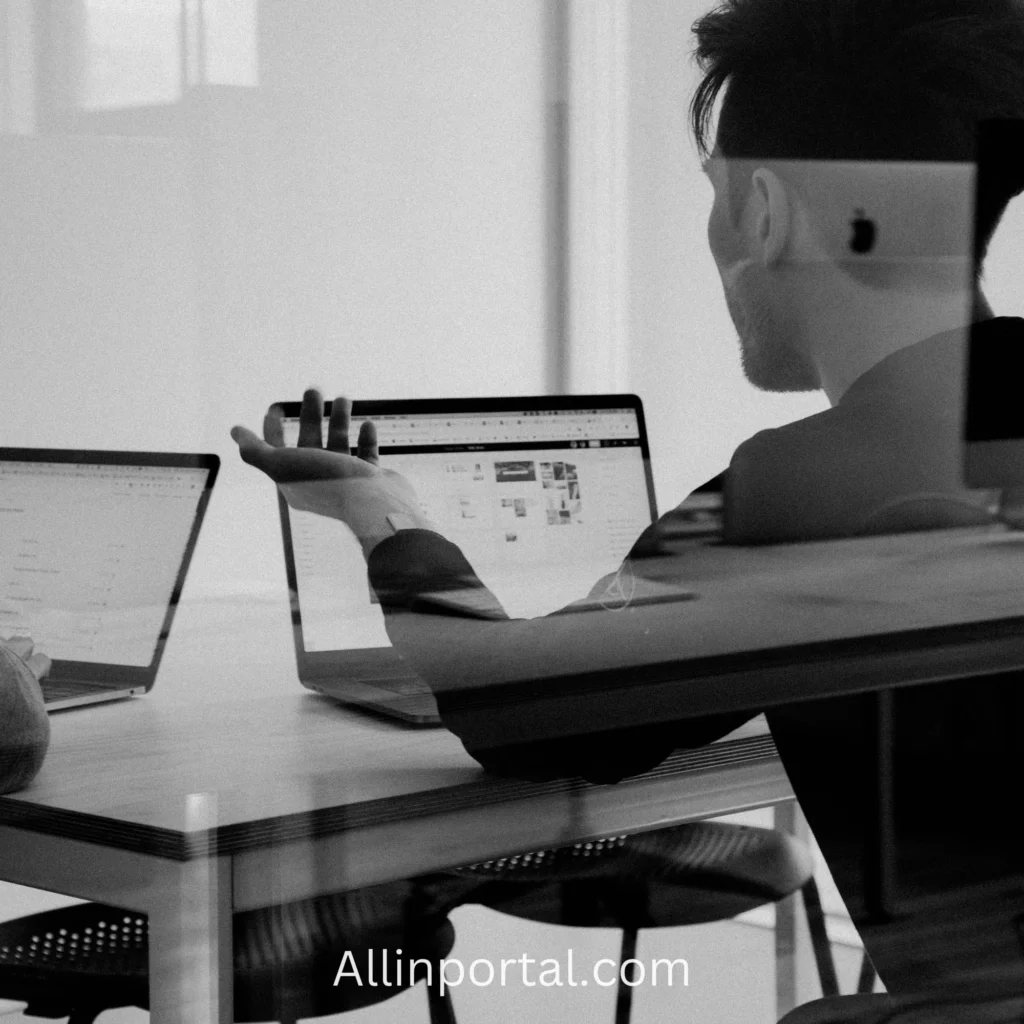
Color plays a significant role in the images of the office images often subtly conveying mood and tone. The muted color palette of the office space—dominated by grays, blues, and browns—creates a sense of monotony and dullness, reflecting the soul-sucking nature of corporate life. However, there are moments when color becomes a powerful tool for highlighting character development or emotional shifts. For example, Pam’s wardrobe often evolves from dull, conservative colors to brighter hues as she grows more confident and finds her voice. Similarly,
the occasional bursts of color in the office images such as the festive decorations during holiday parties or the bright outfits worn during more upbeat moments, provide a stark contrast to the otherwise drab office environment.
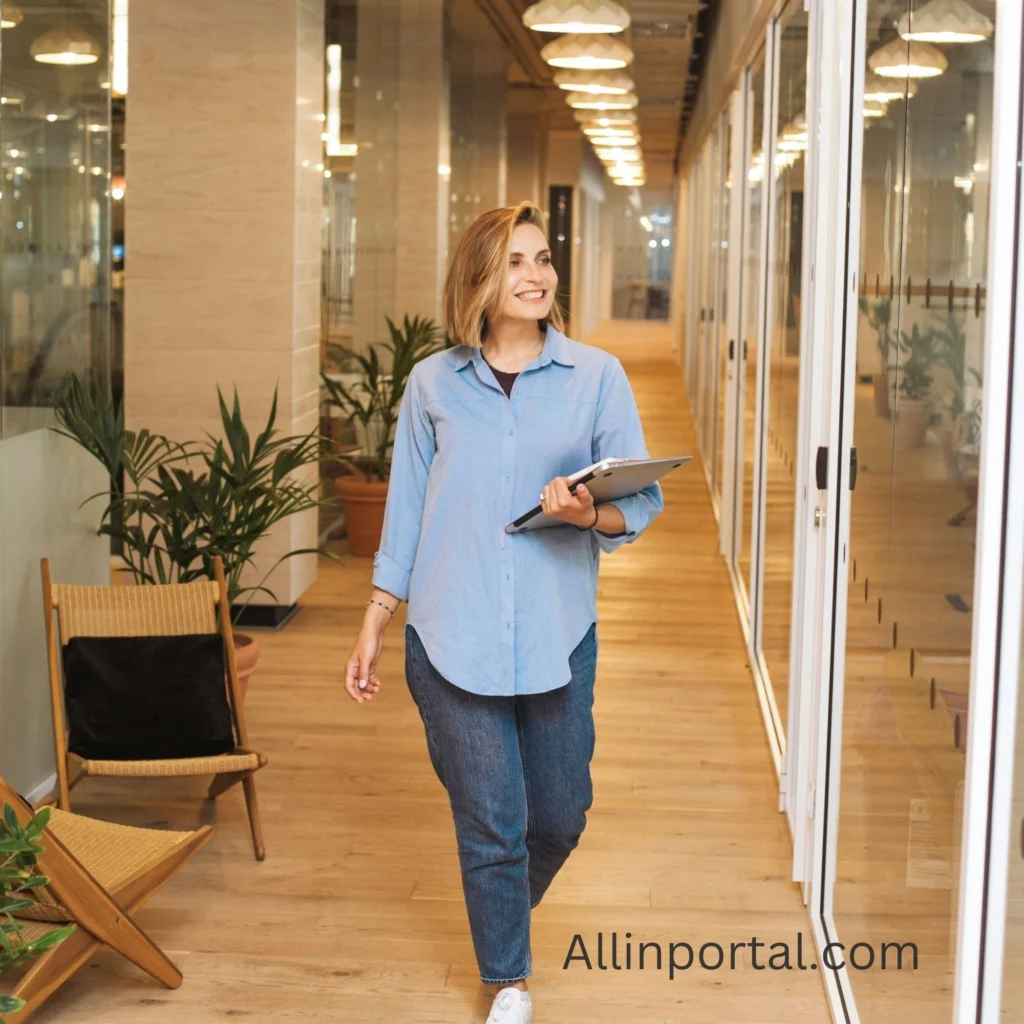
The office images from The Office have become iconic in popular culture, transcending the show itself and leaving a lasting impact on how we view workplace comedy. The visual moments from the show—like Michael’s awkward dance moves, Jim’s pranks on Dwight, or the countless awkward silences—have been memed, parodied, and referenced in countless other shows, movies, and social media posts. The images from have become shorthand for specific emotions or situations that many people can relate to in their own work lives.
These images are often used to express feelings of frustration, disbelief, or camaraderie in the context of modern workplaces. The show’s visual style, with its documentary feel and focus on subtle expressions, has also influenced the look of other TV shows and films.
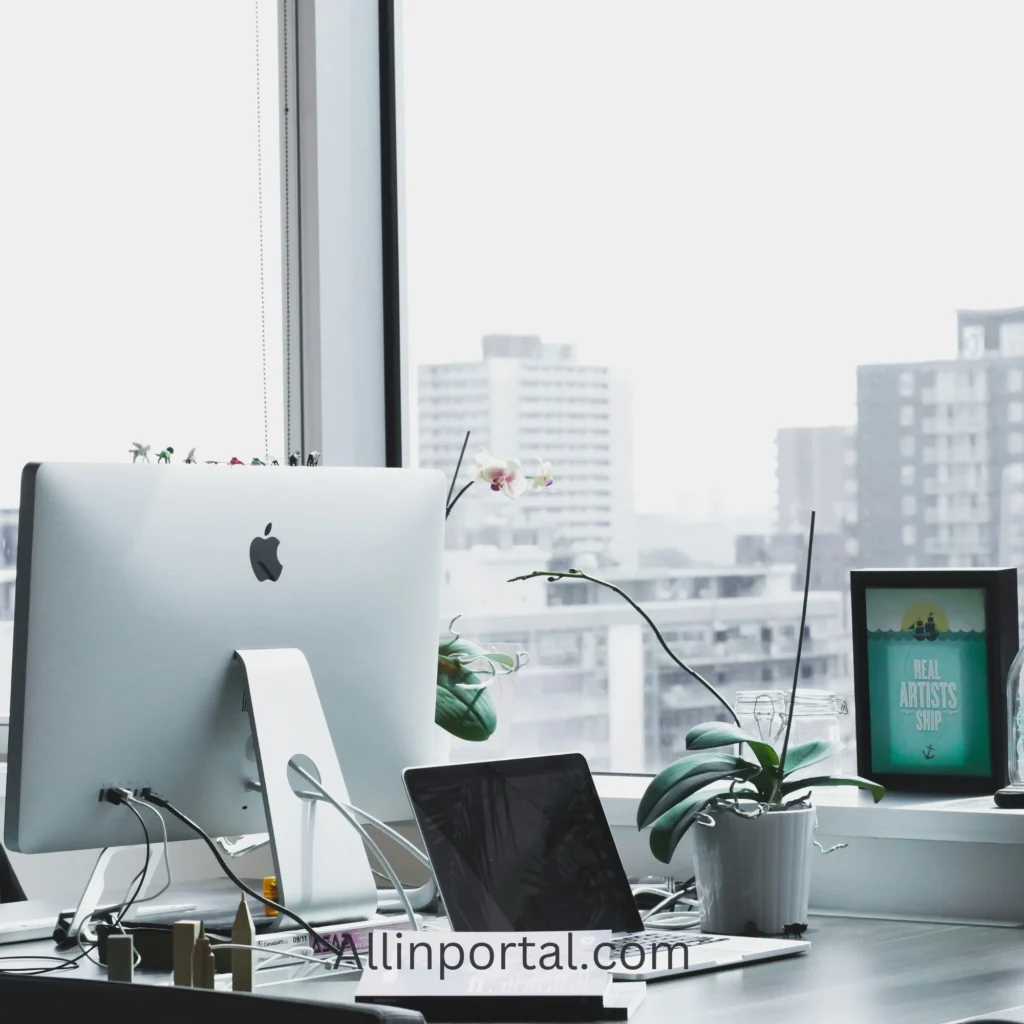
One of the defining features of the office images is its use of visual gags, many of which are captured in the images of the show. These visual jokes often take advantage of the documentary format, where the camera lingers on a character’s expression or the absurdity of a situation. For instance, Jim’s constant pranks on Dwight provide some of the show’s best visual gags, with images of Dwight’s increasingly ridiculous reactions becoming iconic. Similarly, the physical comedy of characters like Michael Scott—such as his disastrous attempts to organize team-building exercises or his disastrous stunts—are often captured in still images that serve as visual punchlines.
The humor in these moments is often heightened by the static nature of the image, which allows the absurdity of the situation to sink in.

The behind-the-scenes images from the office images offer a fascinating glimpse into the making of the show and the dynamic between the cast and crew. These images often showcase the playful, casual atmosphere on set, where the actors were known to improvise and riff off one another. Many of the best moments from the show were born from these spontaneous interactions, and behind-the-scenes images provide a window into the collaborative nature of the production. The camaraderie among the cast members is palpable in these images, and seeing them interact off-screen helps deepen our understanding of their on-screen personas.
These behind-the-scenes shots also offer insight into the production process, from costume fittings to set design, allowing fans to appreciate the effort that went into creating the iconic office space.
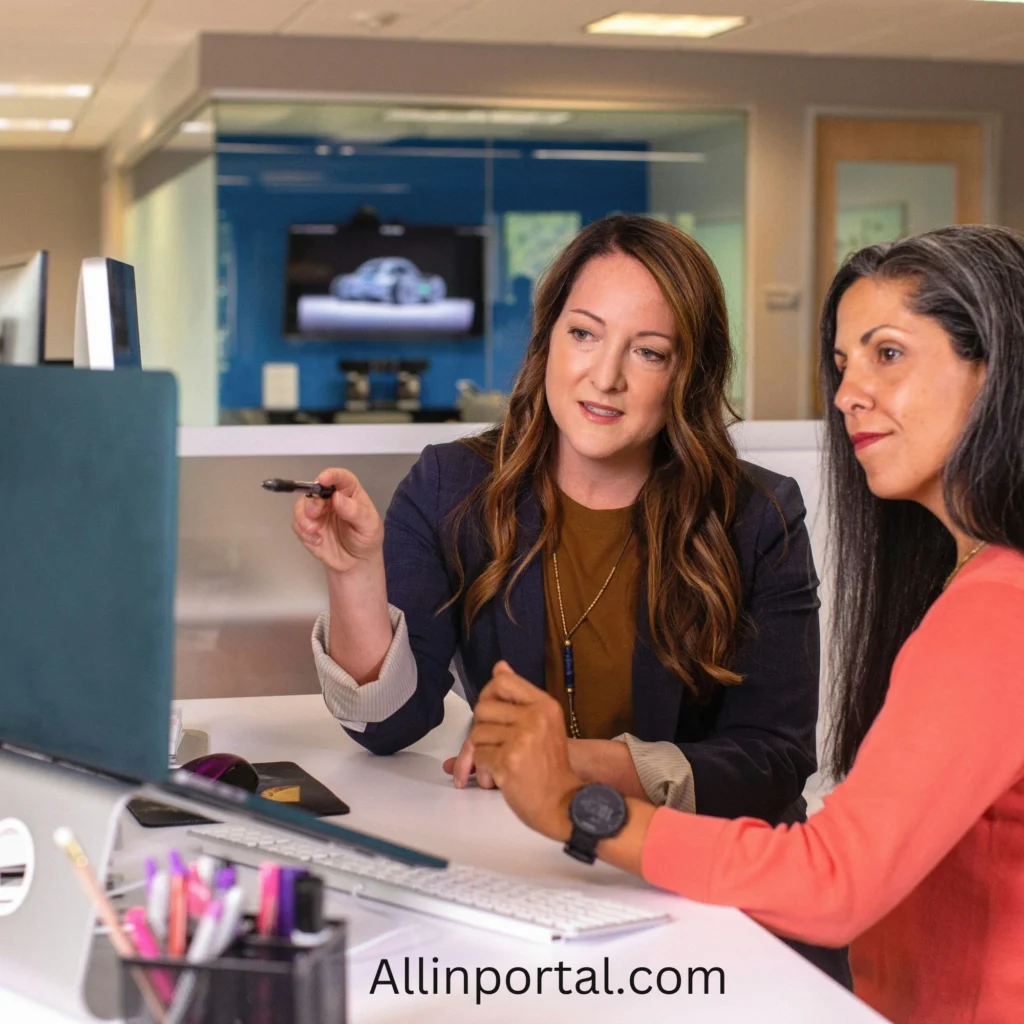
In the office images the way space is used in the images is integral to conveying the show’s themes of isolation and confinement. The tight, cramped office space reflects the limitations of the characters’ lives, with their cubicles serving as physical and emotional boundaries. Many of the most memorable images from the show are set within the small confines of these cubicles, where the characters are often trapped in uncomfortable or awkward situations.
The physical space of the office reinforces the sense of monotony that pervades the show, where characters are confined to repetitive tasks and relationships. However, as the series progresses, there are moments where characters break free from these physical confines, whether through a moment of personal growth or an unexpected adventure.

The music of the office images often goes hand in hand with the visual elements of the show, enhancing the emotional impact of key moments. The images, paired with the familiar tunes like the opening theme or the hauntingly sweet melody of “The Office” score, evoke strong emotions in viewers. Whether it’s the upbeat music that accompanies Michael’s impromptu dance routines or the somber notes that underscore the more poignant moments, the music enhances the mood of the images.
For instance, the image of Jim and Pam’s first kiss is made even more emotional by the soft background music, adding a layer of depth to their relationship. Similarly, the playful music that accompanies Jim’s pranks on Dwight adds to the comedy and timing of the visual gags.

Certain locations within the office images space have become iconic in the images of The Office, and these settings often serve as the backdrop for major plot developments and character interactions. The conference room, for example, is the site of countless awkward meetings, team-building exercises, and announcements. The images of characters sitting uncomfortably around the conference table often convey the tension and frustration inherent in office life. The break room is another key location, where the characters often gather for moments of gossip, snacks, or downtime.
Images of the break room show the characters’ attempts to bond outside of their work duties, yet it is often the setting for conflict or drama. Similarly, the parking lot outside the office becomes a place where characters experience moments of escape or confrontation.

The beauty of the office images is its ability to make the audience see themselves in the characters and situations portrayed on screen. The images from the show capture moments that are universally relatable to anyone who has ever worked in an office. Whether it’s the frustration of dealing with an annoying coworker, the awkwardness of an office meeting, or the joy of a shared inside joke, the images resonate deeply with viewers. The show takes these everyday moments and elevates them to comedic heights, but at its core, it’s about the shared experience of navigating the complexities of the workplace.


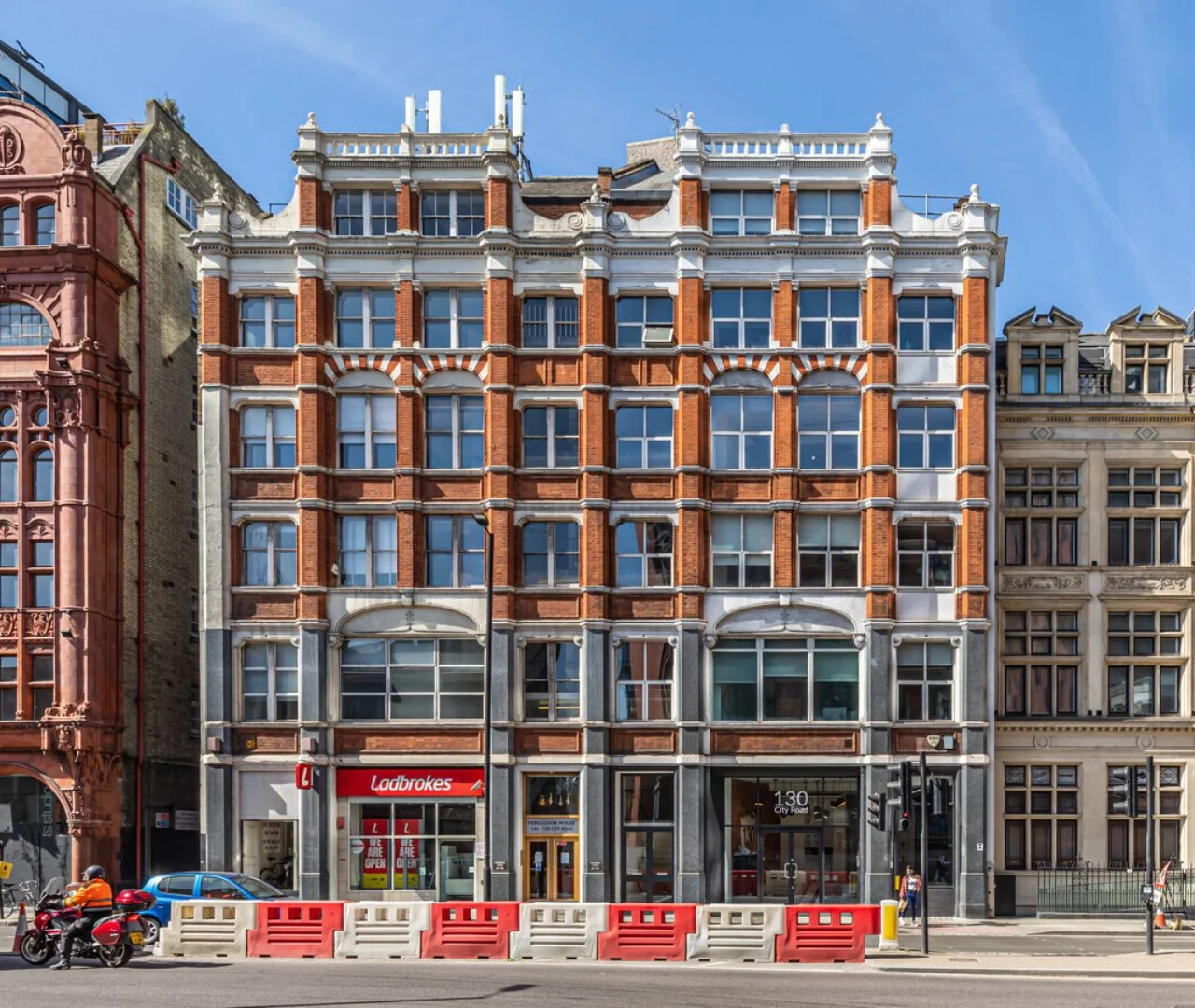


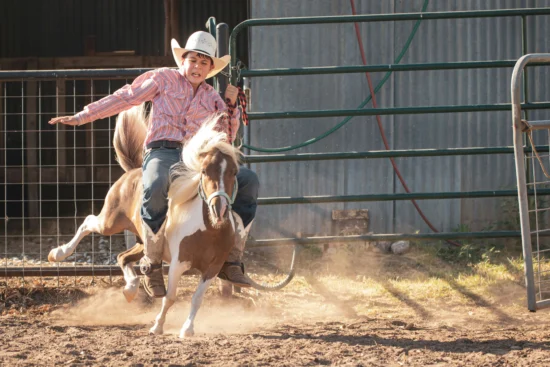
Leave a Reply